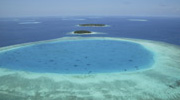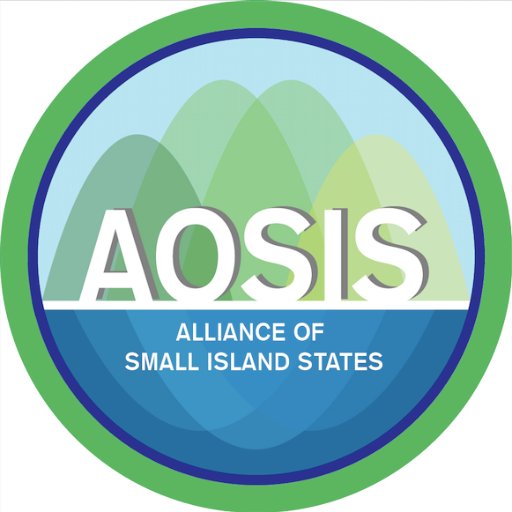The Maldives is a chain of 1,190 small islands stretching across the equator to the south west of Sri Lanka. The 1,190 islands – of which only 198 are inhabited – form an archipelago of 26 natural atolls (groups of neighbouring coral islands). Each of the 26 atolls that make up the Maldives is enclosed by a coral reef cut by several deep, natural channels and a lagoon.
The Maldives archipelago stretches 823 km north to south and 130 km east to west. Over 99% of the Maldives is made up of the sea: only 0.331% (115 square miles) of its 34,750 square mile surface area is dry land.
Together with the Lakshadweep Islands to the north (formerly part of the Maldives, now part of India) and the Chagos Islands to the south, the Maldives form part of a vast submarine mountain range, on the crest of which coral reefs have grown.
How the islands actually formed is something of a mystery. The theory that has most support was first suggested by none other than Charles Darwin in 1842 (after he had studied similar atolls in the Pacific and Atlantic Oceans). Darwin’s theory suggests that the islands were formed when volcanoes rose from the sea and coral reefs grew around their edges. The volcanoes subsequently sank back into the sea leaving the coral reefs to circle a shallow water-filled lagoon. Islands than formed when currents and tides swept dead coral and other organic debris into the lagoons which in turn became filled-in and were eventually colonised by plants and trees.
The islands that make up the Maldives are very small (most can be walked across in 10 minutes; only a few are longer than 2 kilometres) and low-lying (they rarely reach more than six feet above sea-level). This makes them particularly vulnerable to sea erosion. In 1812 and again in 1955, devastating gales destroyed many northern islands, while in 1987 the capital, Male, was flooded by a severe storm. If, as some scientists predict, global sea levels continue to rise as a consequence of global warming, it will pose a particular risk to the Maldives.
The population of the Maldives is dispersed across 198 inhabited islands. There are an additional 105 high-end resort islands that are not classified as “inhabited” due to the economic utility of the islands in question. Similarly, islands such as those used for agriculture are also classified thusly. Of all the land in the Maldives, 80% is less than one meter above sea level.






